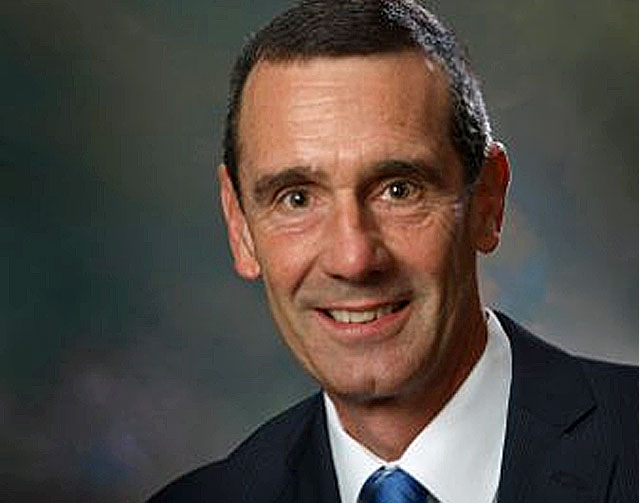

“SVIP brings the innovations of the startup community to assist with the DHS operational components with critical mission needs,” said William N. Bryan, the Senior Official Performing the Duties of the Under Secretary of S&T.
“This solicitation allows us to create a partnership between TSA and the nation’s innovators to develop revolutionary technology solutions to keep this country and our people safe.”
TSA protects the nation’s transportation systems to ensure freedom of movement for people and commerce.
Together, DHS S&T and TSA are seeking solutions to enhance TSA’s detection and screening capabilities.
Specific capabilities include detection of explosive threats in air cargo and passenger belongings.
Secondary capabilities include the minimally intrusive resolution of alarms.
(Learn More about DHS S&T efforts to safeguard surface transportation such as subway systems, which can be a unique security challenge due to the large crowds of travelers and the open, unstructured environment. Public safety officials (including mass transit operators, mass transit police, state and federal law enforcement teams) need a capability to detect potential threat items on persons and in bags without negatively impacting the speed of travel. S&T is developing technology to meet this challenge with the Surface Transportation Explosive Threat Detection Program, helping provide a layered, integrated capability to detect and mitigate the explosive threat at the speed of the traveling public. Courtesy of DHS Science and Technology Directorate and YouTube)
TSA is particularly interested in solutions with adaptive-image interpretation and object-recognition capabilities.

“TSA is excited to partner with the Silicon Valley Innovation Program for the first time and engage with the startup community,” said TSA Administrator David Pekoske.
“The current threat environment requires a proactive and agile agency that coordinates closely with partners in government and industry.”
“This is key to identifying the very best ideas for increasing security while easing the passenger experience.”
Solicitation applicants should consider the operational environment their solution would be used in.
The solution:
- Must be deployable to any screening hardware and must be able to be refined and improved once fielded on Transportation Security Equipment;
- Must properly display and alert human screeners to the risk elements or objects;
- Should be low effort to deploy onto hundreds of machines nationwide to rapidly respond to emerging threats;
- Must comply with all legal, regulatory, privacy and civil liberties requirements; and
- Should consider the user experience and overall cognitive burden in the identification of prohibited items, risk elements or other items.
The solicitation and current operational needs within TSA and DHS S&T will be discussed at a Homeland Security Industry Day on May 4, 2018 in Menlo Park, California.
TSA Administrator Pekoske and Mr. Bryan will be available and participate in a panel to discuss the technological aspects of TSA’s operations.


















